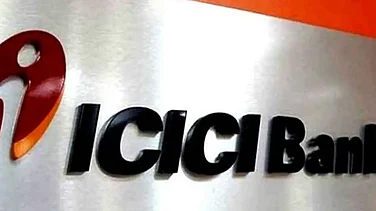New Delhi, October 4: There are a few good news for the borrowers after India’s apex bank RBI cut the repo and reverse repo rate on Friday by 25 basis points. With this rate cut now repo rate is standing at 5.15 per cent and reverse repo rate is 4.9 per cent.
Banks are supposed to link all floating rates loans to any of the four external benchmarks specified by RBI from October 1. External benchmark-linked loans are supposed to make transmission of RBI's rate to borrowers faster.
FD and savings rate fall
After consecutive rate cuts, all banks will possibly reduce the rate of interest on FDs. Thus people who invest money in FDs will witness reduction in their income. India’s largest lender SBI has already reduced its FD rates thrice since August. Currently, the interest rate on SBI's one-year FD will get you an interest rate of 6.5 per cent. But you need not to worry much. If you want to invest only in fixed income then there are other plethora of options that are giving you more interest rate in comparison to FDs.
Advertisement
As the government has kept interest rate on small savings schemes (like PPF, NSC, SSY, post office term deposits and Senior Citizens' Saving Schemes) unchanged for the October-December quarter of FY 2019-20.
EMIs to get cheaper
The rate cut is expected to reduce EMIs (equated monthly instalments) of borrowers and also make it cheaper to take new loans. Now with the external benchmarking of floating rate loans from October 1, these loans compared to those linked to Marginal Cost of Funds based Lending Rate (MCLR)will become cheaper.
So, if you are planning to take loans in this festive season, then you may get more attractive rates.
Advertisement
According to RBI's circular issued a month ago in September, the loans can either be linked with the repo rate, three or six-month treasury bill yield or any other benchmark market interest rate published by the Financial Benchmarks India (FBIL). RBI had decided in favour of external benchmark linked lending rates over the existing marginal cost of funds-based lending rate System because according to the regulator, the transmission of policy rate changes to the lending rate of banks under the MCLR framework wasn't satisfactory.
Further, under the new interest rate regime, RBI has mandated banks to reset rates every three month.After consecutive rate cuts by the RBI, all bank consumers and borrowers will have to wait and watch that how their banks are going to pass on the benefit of rate cut to them.















 Just one email a week
Just one email a week